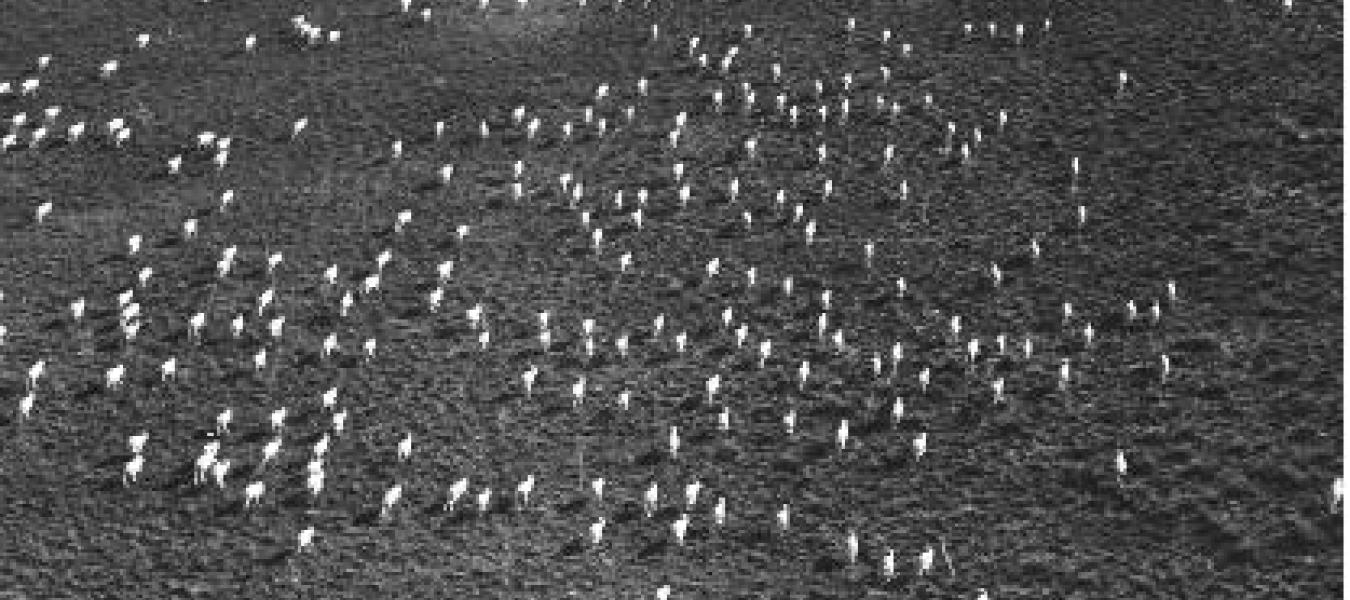Modelling the biases in aerial survey techniques of the saiga antelope (Saiga tartarica) in Kazakhstan - Andrew-John McConville, MSc Thesis

A case study of this scenario is the saiga antelope (Saiga tartarica) which inhabits the semi-arid rangelands of Central Asia. Following a population crash at the end of the 1990s, the past three years have seen a very encouraging recovery in saiga population in Kazakhstan according to the official national estimates and the population estimate for 2006 stands more than twice the estimate for 2003. There is reason to believe however that the methods used are not reliable and that sightability may have altered due to changes in herd size distribution.
A model was applied to the data to attempt to correct for the main biases that may be affecting the estimates. It was found that there is very large variability associated with the estimates. A review of the biases showed that the majority will lead to underestimates including the changes in herd sizes observed.
A recommendation is made to investigate the distribution of saigas during the migration period to assess whether the animals till occur in concentrations, or if they are widely distributed in the landscape.
